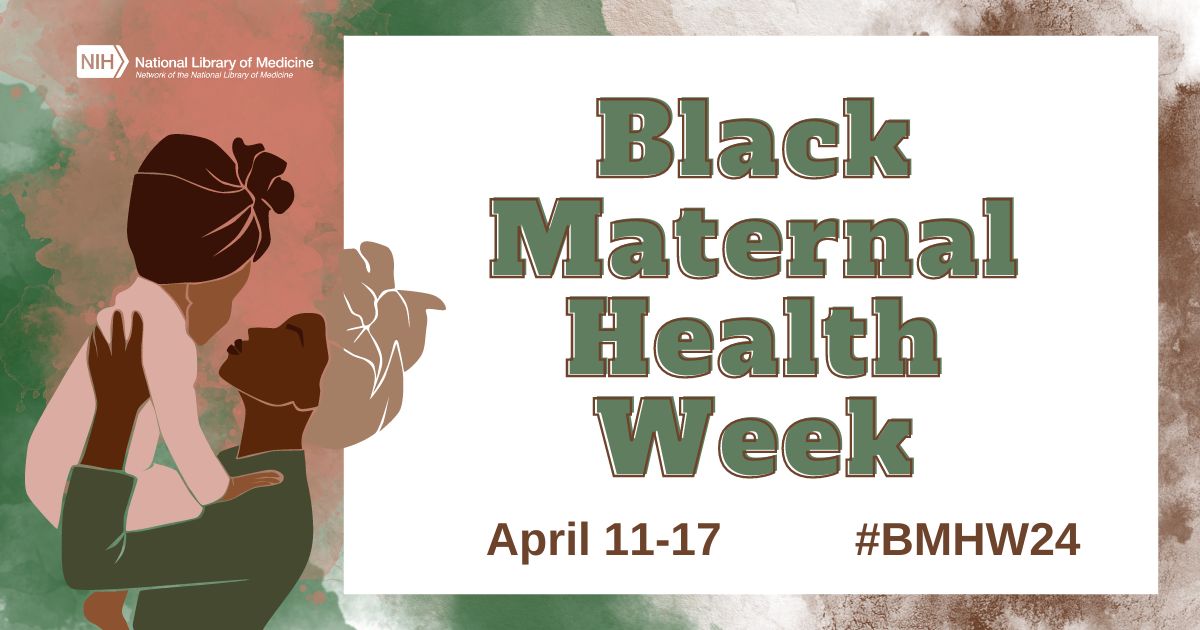Borrow Seeds. Grow Plants.

One of the most interesting contemporary movements in food is NOT big…and is happening IN libraries: seed libraries. And, yes. It is as simple as it sounds. Borrow seeds. Grow plants. Let some go to seed. Return seeds to the library.
Some seed libraries are subscription based, like the Seed Library of Los Angeles, which only charges $10 for a lifetime membership, some are community-based, while others are actually connected to public libraries. One of the highest profile seed libraries is housed at the Richmond (Calif.) Public Library and has inspired other libraries to start similar projects. Indeed, on the Richmond Grows Seed Lending Library’s website at least 25 listed seed libraries are directly associated with public libraries. The movement has even caught national attention, garnering recent reports on NBC Nightly News and National Public Radio’s Weekend Edition.
So, why seeds? ALA’s State of Libraries 2012 report notes the Potrero Branch of the San Francisco Public Library’s seed collection as a diversification strategy in a tough economic climate. Certainly, this a significant motivation. Director of the Basalt Public Library in Colorado, Barbara Milnor, told NPR that their seed library is just one more way to get community members into the library, observing, “You have to be fleet of foot if you’re going to stay relevant, and that’s what the big problem is with a lot of libraries, is relevancy.”[i]
There are, however, other important reasons for starting seed libraries. Dave Mixdorf, the director of the South Sioux City Public Library in Nebraska, started a seed library out of his personal love of gardening.
On a more philosophical level, though, seed libraries are an important part a movement to protect biodiversity among food crops, known generally as seed saving. The Davis Seed Savers Alliance, associated with the University of California at Davis, observes, “Humans have been saving seeds for over 12,000 years. However, in our culture much of that knowledge, along with significant biodiversity, has been lost over the last hundred years.”[ii]
The International Seed Saving Institute (ISSI) soberly reminds us:
As late as 1900, food for the planet’s hungry was provided by as many as 1,500 different plants, each further represented by thousands of different cultivated varieties. Today over 90% of the world’s nutrition is provided by 30 different plants and only four (wheat, rice, corn and soybeans) provide 75% of the calories consumed by man.[iii]
In other words, 94% of the food crops people have traditionally relied on have either been eliminated or are grown on insignificant levels.
The problem here is this severe reduction in variety is ecologically quite unhealthy. Variety of living things, or biodiversity, is critical to the survival of all life on Earth. G. Tyler Miller, Jr. observes, “Loss of biodiversity (1) reduces the availability of ecosystems services and (2) decreases the ability of species, communities, and ecosystems to adapt to changing environmental conditions. Biodiversity is nature’s insurance policy against disasters.”[iv]
ISSI gives the example of the Irish Potato Famine as an example of the devastation that can occur in places where biodiversity has been severely compromised. Irish peasants had become overly dependent on a single food crop: the potato. When one crop dominates the agriculture of a geographical area or community, it is referred to as a monoculture. Monocultures are extremely vulnerable to natural disaster, as was Ireland in the 19th century, resulting in mass starvation, extreme malnutrition, political destabilization, and migration.[v] American agriculture, in becoming ever more focused on fewer and fewer varieties of corn, wheat, rice, and soybeans, may be setting itself up for a possibly analogous disaster.
Another component of the philosophical basis for seed libraries has to do with genetically modified organisms (GMOs). Large seed corporations have cornered the grain seed market. The largest of these corporations is Monsanto, which operates a near monopoly on certain crops and sells almost exclusively seed whose genetic material has been modified.
Trish Sheldon, a Florida-based musician, food safety advocate, and state organizer for GMO Free Florida, noted that biotechnology companies have extensively modified proteins and created mutations in the very DNA structure in most of the grain crops in America.[vi] The testing on these modifications has been shrouded in mystery and jealously guarded as trade secrets. “There are not enough long-term human safety feeding studies to prove this process is inherently safe,” Sheldon observed.
Community-developed, local seed libraries can address these concerns by encouraging food diversity and a more organic, local food base that is naturally acclimated to regional conditions. This plays very well into the community orientation of public libraries. It is hard to imagine a more direct and positive community service than contributing to a safer, more secure local food culture!
[i] Runyun, Luke. National Public Radio, “How to Save a Public Library: Make It a Seed Bank.” Accessed May 17, 2013. http://www.npr.org/blogs/thesalt/2013/02/02/170846948/how-to-save-a-public-library-make-it-a-seed-bank
[ii] Davis Wiki, “Davis Seed Savers Alliance.” Accessed May 17, 2013. http://daviswiki.org/Davis_Seed_Savers_Alliance
[iii] International Seed Saving Institute, Accessed May 17, 2013. http://www.seedsave.org/issi/issi_ritual.html
[iv] Miller, Jr., G. Tyler. Living in the Environment. Toronto, Ontario, Canada: Brooks/Cole-Thompson Learning, 2004, p. 76 (italics added).
[vi] Sheldon Trish, (Community organizer/activist), interview by Kael Moffat, Personal statement via Facebook message, May 15, 2013.
Tags: seed libraries








